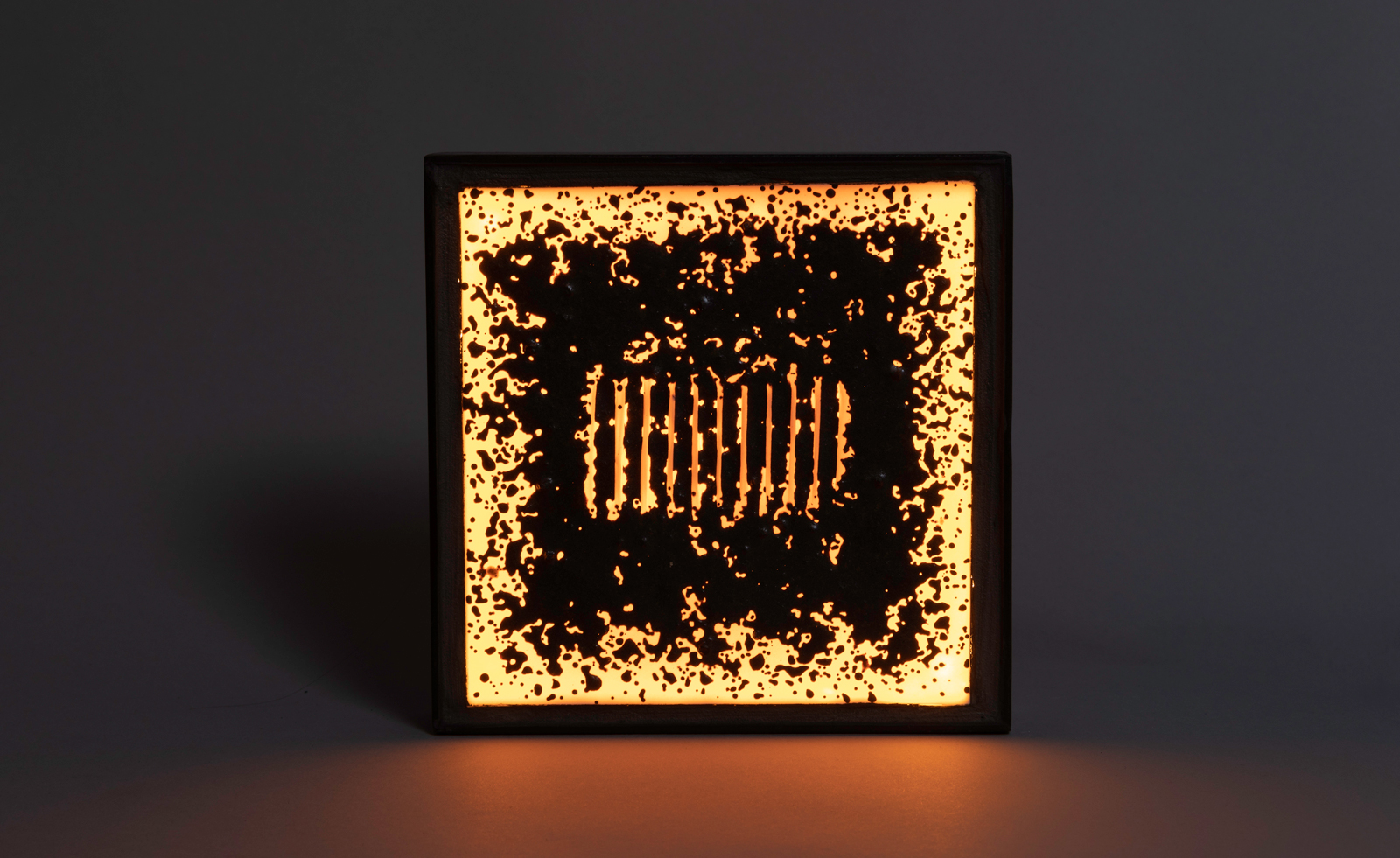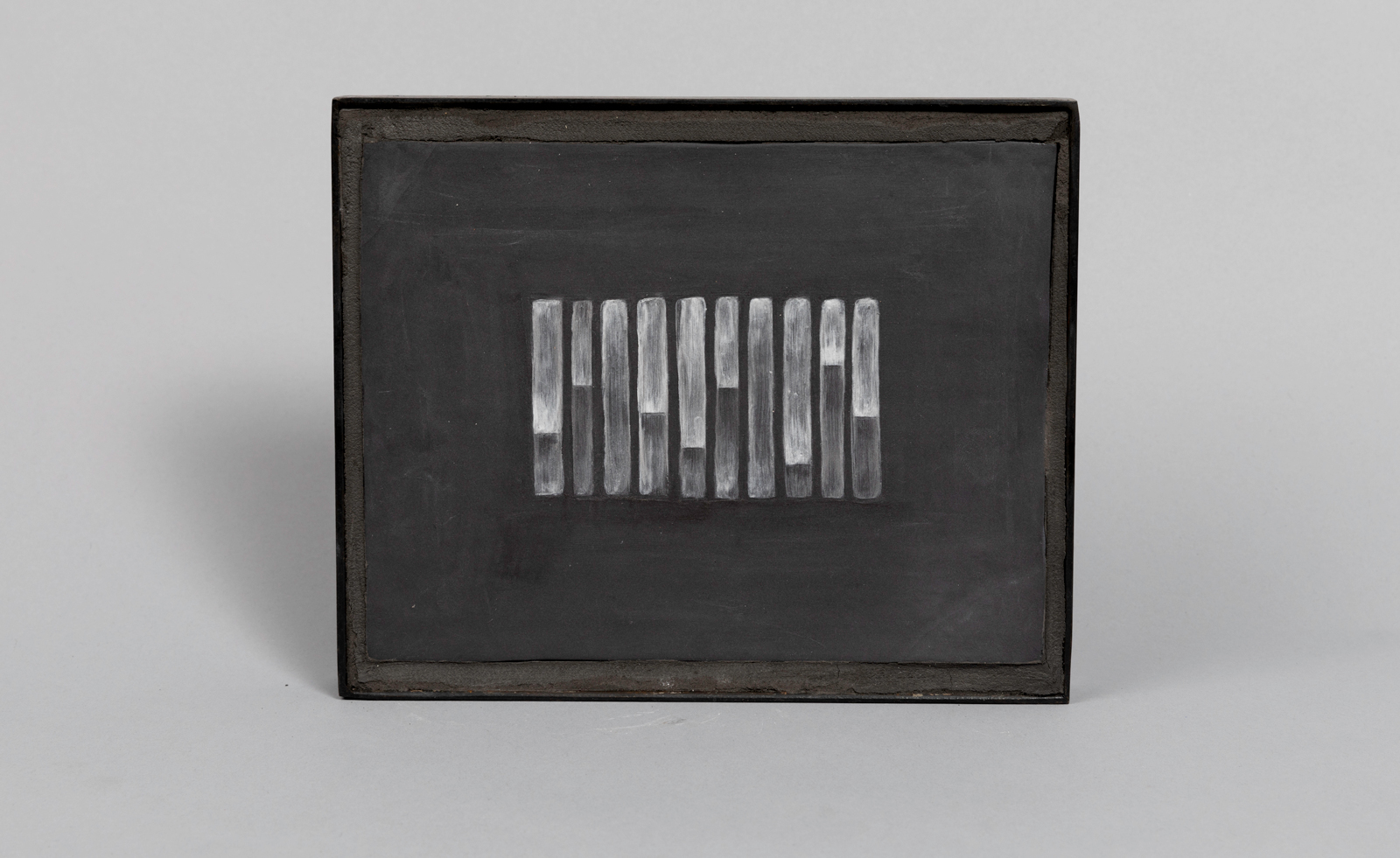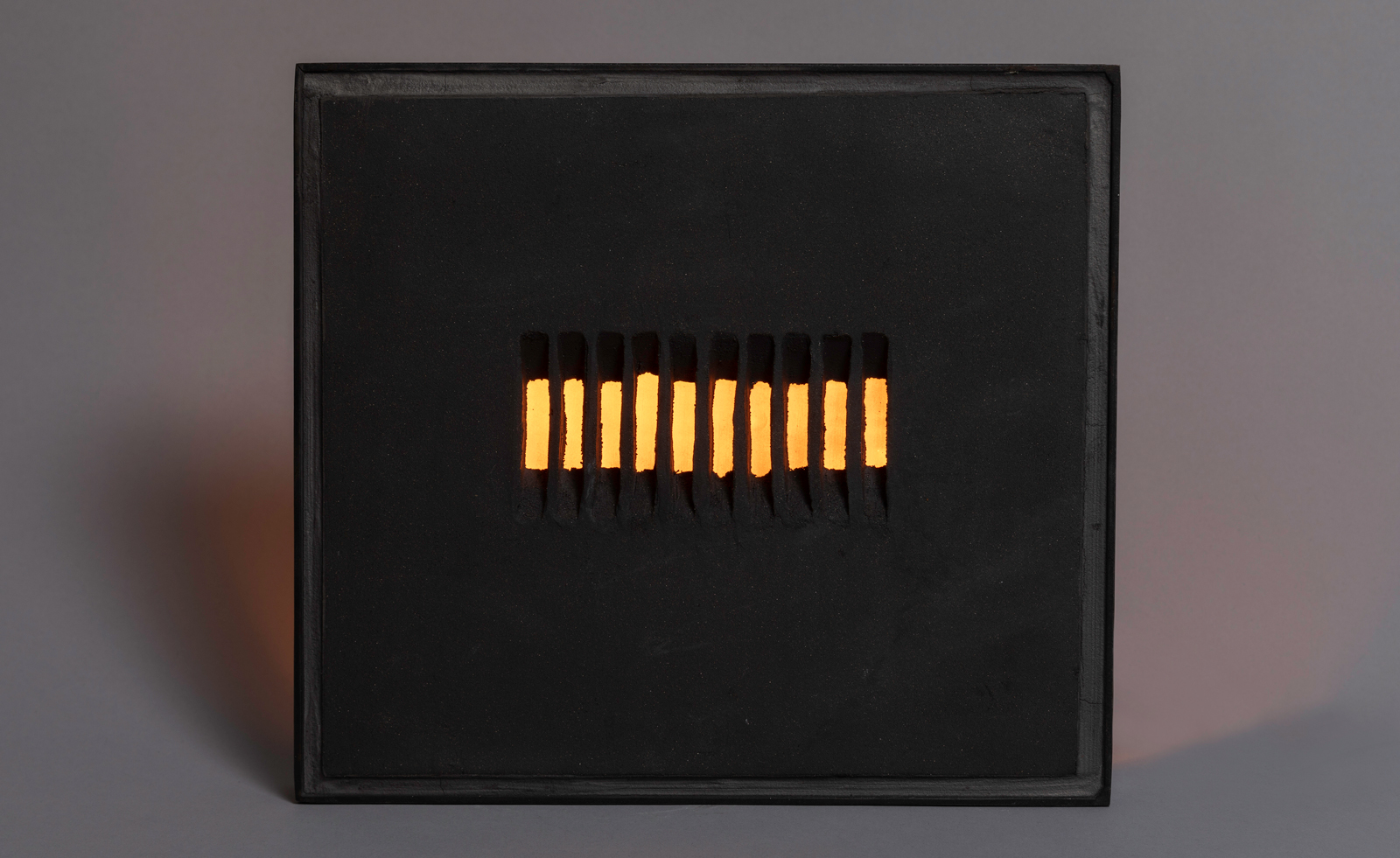
Sculptural silhouettes and organic forms collide in a new collaboration between Parisian jewellery house Repossi and artist Martha Freud. Freud looks to the distinctive peaked outline of Repossi’s Antifer collection for works in a rich selection of textures, in a rethinking of its angular lines.

‘I think Repossi and I have a similar approach to the way we design and create - stripping back our ideas to celebrate their elemental core, leaving room for those who experience them to interpret as they will,’ says Freud on the organic nature of the partnership. Her pieces celebrate a certain wildness: ‘My ceramic practice is organic and raw - my handmade pieces celebrate the irregular. Whilst also being handmade, the Antifer collection is precision jewellery making in its finest, so passing their elegant motifs through my more earthy processes has created a whole new body of work. I have also employed light a lot in the pieces. When light passes through the porcelain, it creates a warm glow so similar to gold. Through these artworks I’ve been exploring the myriad ways the Antifer motif can catch the light, when crafted from a different material.’

The artworks encompass candle holders in clean white porcelain or dark earthy tones, filled with wax scented with plum and patchouli. Other pieces in porcelain, volcanic sand and black grout present play on fiery juxtapositions of form, while black stoneware is a striking contrast to porcelain glimpsed underneath it.
‘For many of these pieces I’m working with porcelain only a couple of millimetres thick - once it has been through the firing process it has strength, but while making it is incredibly delicate and prone to cracking (in which case I need to start from the beginning). Some of the pieces have been re-made multiple times to achieve the results I was after. Another thing to factor in is the shrinkage rate, the pieces I have made have shrunk between 13 and 17 percent from their original wet clay form depending on the clay body and thickness. Working with ceramics reminds me that I don’t always have control over the outcome of my pieces, but often the results are even better than I could have imagined.’








